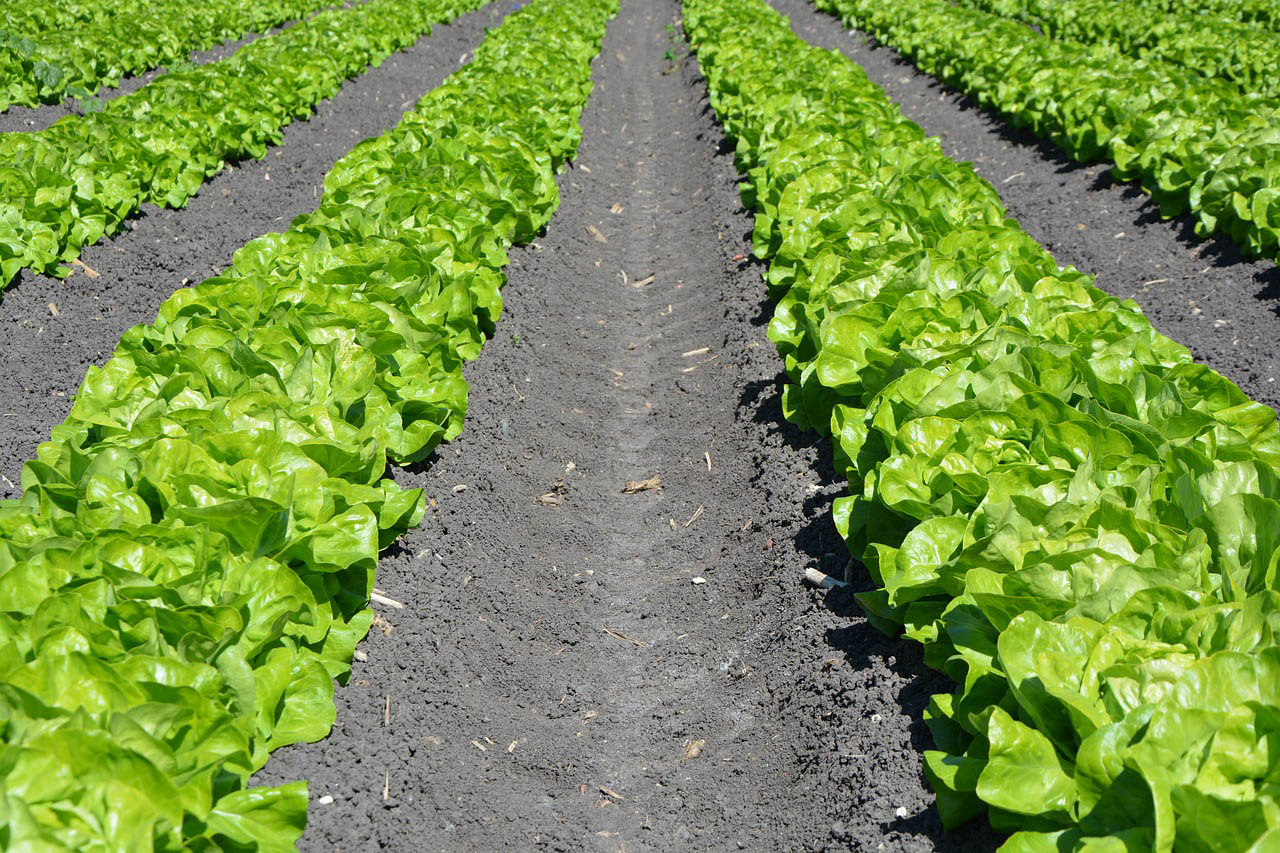Packaging
Regardless of whether a package is packaged prior to the time of sale or at the time of sale the packaging material is called TARE. Smart shoppers can save money if they understand and use the following "Tare Tips".
Tare Tips
When buying products, take the time to compare the net weight found on the label of the package to the total weight. You can ask the butcher to weigh the product. The price you pay should reflect the net weight. If the package weighs the same or less than the net weight, you are paying for the packaging and NOT just the product.
For Example:
- Look on the label found on the front of the package and find the net weight.
- Take the item to the meat or deli counter (these scales are regulated by the Division) and have the package weighed. The weight shown on the scale is the gross weight and it should exceed the stated net weight. If the gross weight is less than or equal to the net weight, you are paying too much!.If this happens, ask the retailer to reweigh the item correctly and price the item so that the tare weight is not included in the total price.
Method of Sale
Don't be fooled when buying poultry, meat or seafood. Arizona law requires these items be sold by weight unless they are sold in a standard package.
What's the Difference?
A standard package is part of a lot, shipment or delivery of packages of the same commodity with identical net contents declarations. If sold by count, each item must be of equal weight. A random package is a package that is one of a lot, shipment or delivery of packages that do not have a set pattern of weights.
To check the weight of the products you're buying and to make sure you're not paying for the packaging, follow these simple guidelines:
Step 1
Take the package to a deli or meat scale. If the scale has a "Not Legal For Trade" notice on it, it is an estimating scale and may not record the product weight accurately.
Step 2
Place the package on the scale. Make sure the scale weight is more than the net weight shown on the label. If the package weighs the same or less than the net weight, YOU ARE PAYING TOO MUCH and you should have the store reweigh the contents. Note: If you want to sound really official, tell them to take out the tare weight (that's the packaging material weight. You should never pay for packaging).
To learn more about how the Division conducts packaging inspections, see NIST Handbook 133.
To learn more about meat, seafood and poultry legal method of sale requirements see NIST Handbook 130 1.5.
-
Latest News
Friday, January, 17, 2025
-
Food Access
Finding Healthy Food in ArizonaConnecting people, food, and resources through partnerships with producers, non-profits, for-profits and government.
-
Get a License
Apply For, Renew, or look up a LicenseEnter our Licensing and Payment System then use the filter at the top to find the license you want to apply for or renew or find existing license information, including CEU's